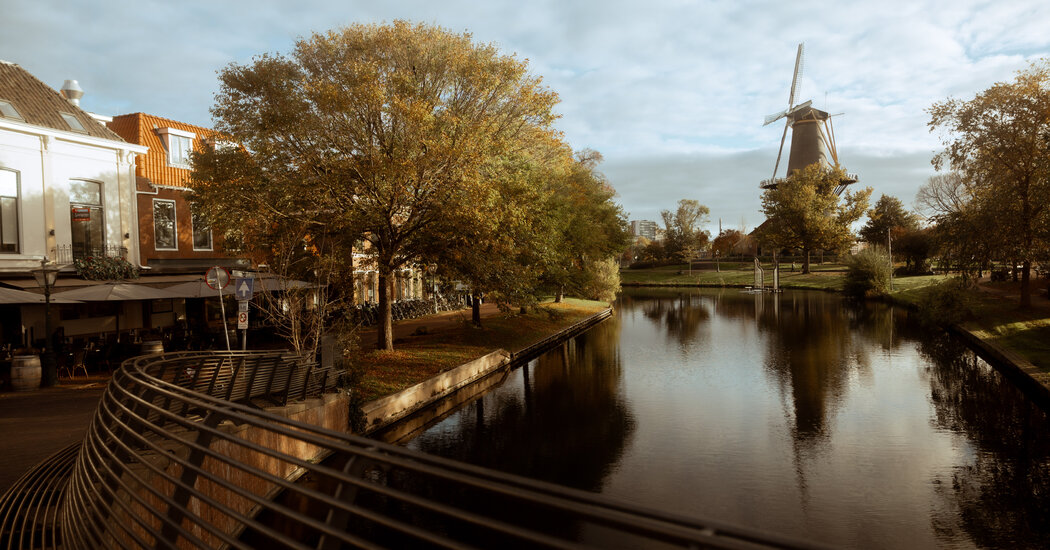Copyright The New York Times

The story of how the Dutch city of Leiden became a global center of science and philosophy begins with an unusual tale of bravery. With Spanish forces besieging the city in 1574, according to a local myth, Mayor Pieter van der Werff made a pledge to reassure starving residents: They could eat his arm, if it came to that. Luckily for him, it didn’t. Soon afterward, the Dutch cut the dikes, flooding the surrounding land and allowing ships to arrive with provisions. For their courage during the siege, William of Orange, a powerful prince, awarded the people of Leiden a university. That university, founded in 1575, has become the Oxford of the Netherlands, the heart of a city that has drawn generations of students, academics, scientists and freethinkers, including René Descartes, Albert Einstein and the Mayflower Pilgrims. It is also the birthplace of Rembrandt. Full of canals, cobblestone streets and murals, Leiden is just as picturesque as its much larger neighbor Amsterdam, about 25 minutes northeast by train. But it also offers opportunities for intellectual exploration, with 13 museums, botanical gardens and a convivial canal-side cafe culture where you may make a few discoveries of your own. Thank you for your patience while we verify access. If you are in Reader mode please exit and log into your Times account, or subscribe for all of The Times. Thank you for your patience while we verify access. Already a subscriber? Log in. Want all of The Times? Subscribe.



